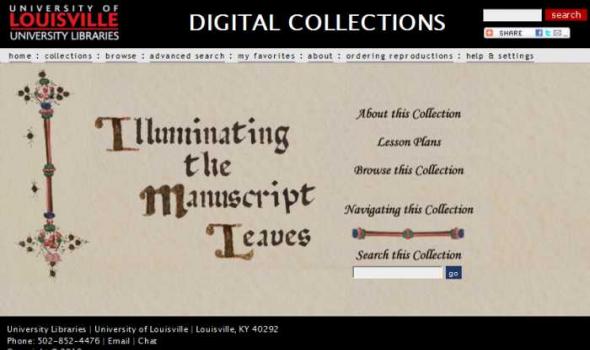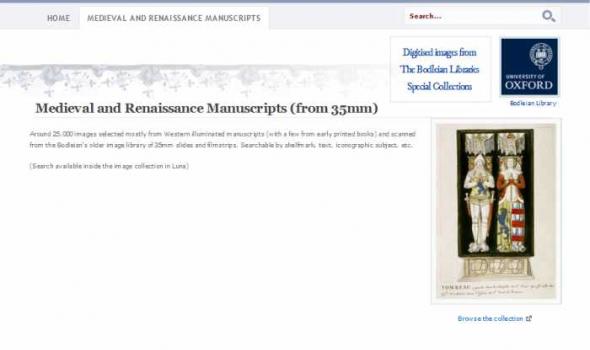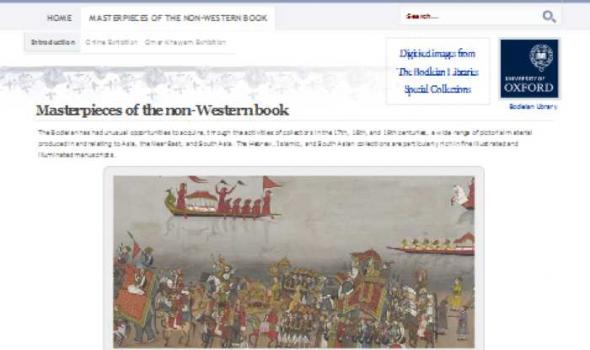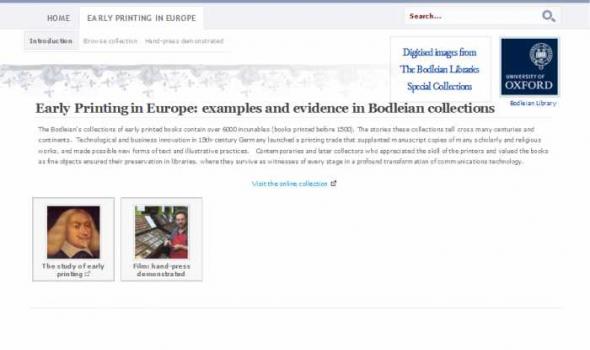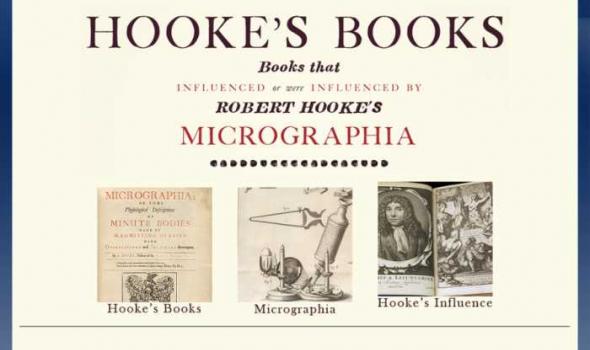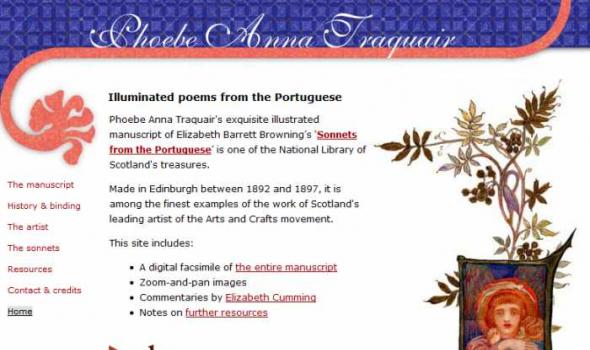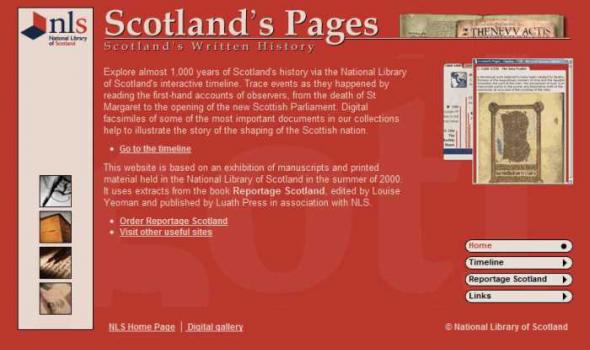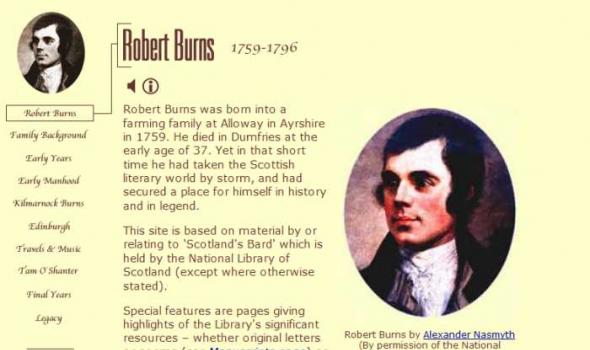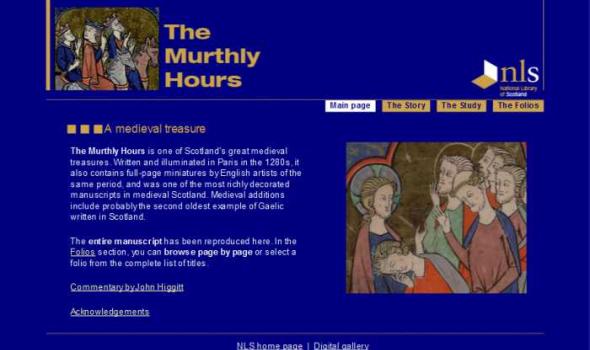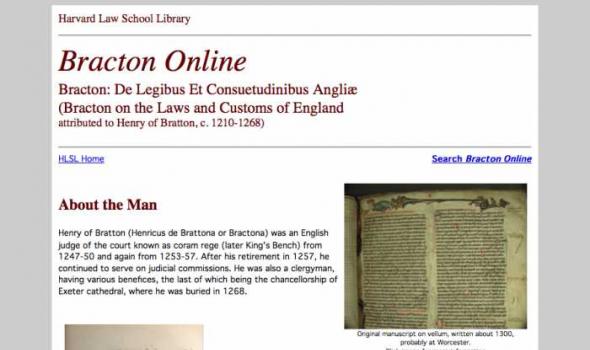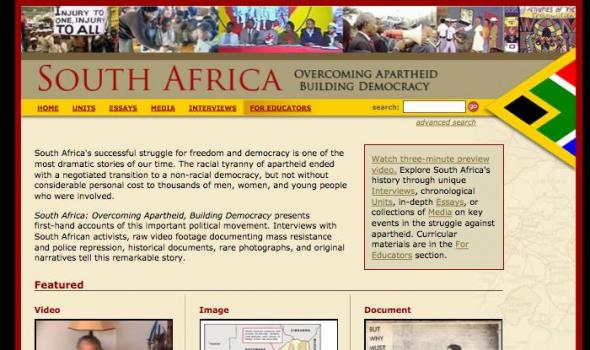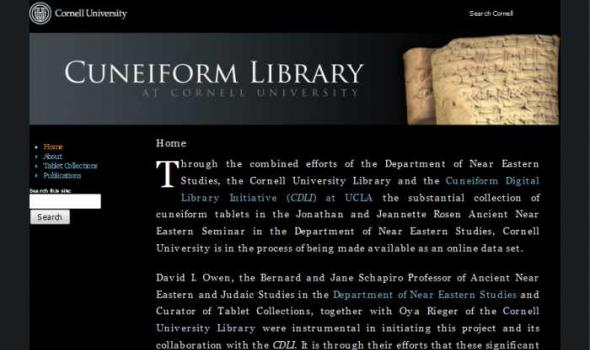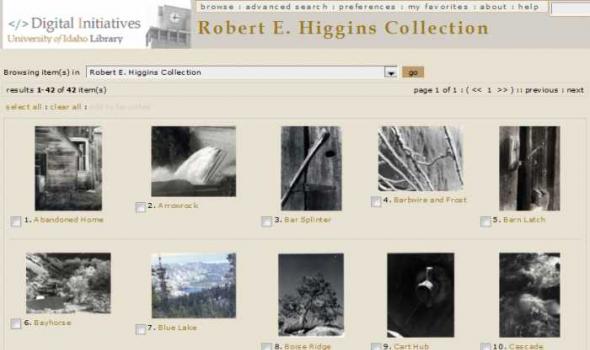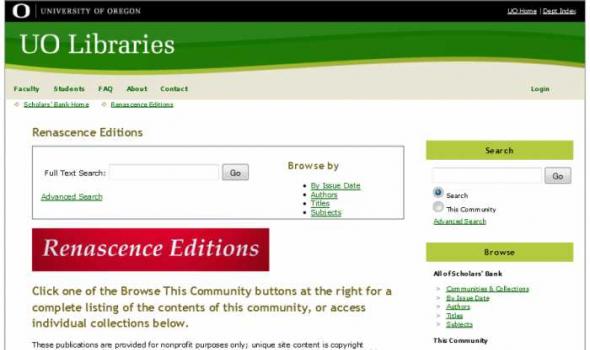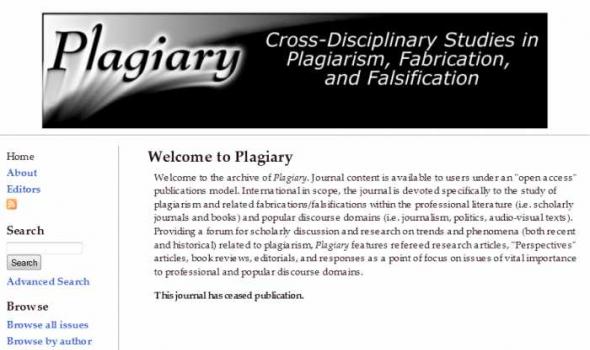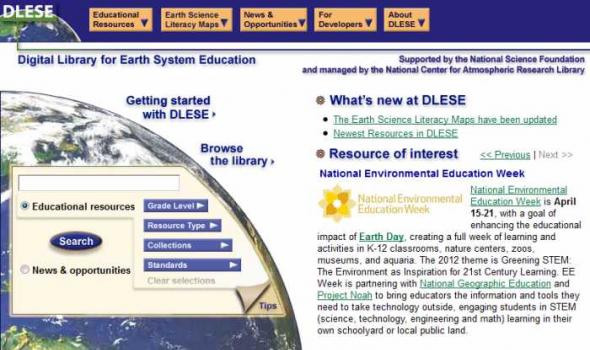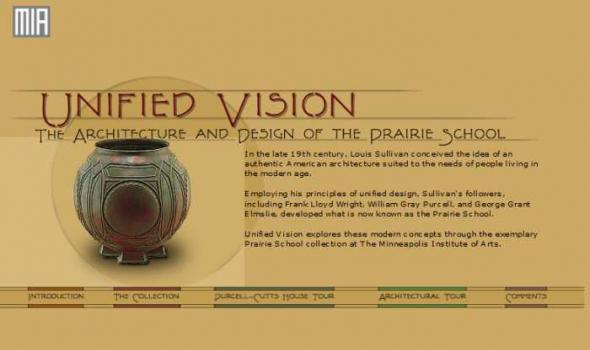Category: Manuscript, United Kingdom
Results
DIGITAL COLLECTIONS About the Collection This digital collection includes eighteen illuminated manuscript leaves which were acquired by the University of Louisville Libraries in 2006 with funding from the Pzena Foundation. Dating from 1150 through 1867, these leaves represent Western European and Islamic cultures. Lesson plans mapping to Kentucky Education Reform Act (KERA) Core Content goals for the 7th grade Arts & Humanities curriculum supplement the online presentation.
Home Medieval and Renaissance Manuscripts Digitised images from The Bodleian Libraries Special Collections Bodleian Library Search: Medieval and Renaissance Manuscripts (from 35mm) Browse the collection Around 25,000 images selected mostly from Western illuminated manuscripts (with a few from early printed books) and scanned from the Bodleian's older image library of 35mm slides and
Digitised images from The Bodleian Libraries Special Collections Search: Masterpieces of the non-Western book The Bodleian has had unusual opportunities to acquire, through the activities of collectors in the 17th, 18th, and 19th centuries, a wide range of pictorial material produced in and relating to Asia, the Near East, and South Asia. The Hebrew, Islamic, and South Asian collections are particularly rich in fine illustrated and illuminated manuscripts. Islamic Collections The Bodleian’s Islamic collections include many fine examples of Arabic and Persian manuscript ornamentation.
Digitised images from The Bodleian Libraries Special Collections Search: Early Printing in Europe: examples and evidence in Bodleian collections The Bodleian’s collections of early printed books contain over 6000 incunables (books printed before 1500). The stories these collections tell cross many centuries and continents. Technological and business innovation in 15th-century Germany launched a printing trade that supplanted manuscript copies of many scholarly and religious works, and made possible new forms of text and illustrative practices.
History of Medicine Robert Hooke (1635-1703) was a remarkably versatile man — artist, biologist, physicist, engineer, architect, inventor, and more. However, his crowning glory was Micrographia: or Some Physiological Descriptions of Minute Bodies made by Magnifying Glasses , first published 1665. It was a masterpiece — an exquisitely illustrated introduction to the previously unknown microscopic world. This exhibit focuses on Hooke's influences and legacy in print, the pioneering books that stimulated Hooke's research, and the works he left for others — most famously the great Dutch microscopist, Antoni van Leeuwenhœk (1632-1723). August 1 – November 1, 2007.
A London Provisioner's Chronicle, 1550–1563, by Henry Machyn: Manuscript, Transcription, and Modernization is an electronic scholarly edition created by Richard W. Bailey, Marilyn Miller, and Colette Moore. The Chronicle was one of the treasures of the library of the antiquarian Robert Cotton, and it was stored in the same bookcase with the Beowulf manuscript. Its location was in the book press surmounted by a bust of the Roman emperor Vitellius, and it takes its shelf mark in the British Library from that location: Cotton Vitellius F.v. In the terrible fire that did so much damage to this library in the early eighteenth century, the 162 leaves of the diary were badly damaged and portions of the outside margins and the top of the text were charred or burned away.
Phoebe Anna Traquair's exquisite illustrated manuscript of Elizabeth Barrett Browning’s ‘Sonnets from the Portuguese’ is one of the National Library of Scotland's treasures.
Made in Edinburgh between 1892 and 1897, it is among the finest examples of the work of Scotland's leading artist of the Arts and Crafts movement.
Explore almost 1,000 years of Scotland's history via the National Library of Scotland's interactive timeline. Trace events as they happened by reading the first-hand accounts of observers, from the death of St Margaret to the opening of the new Scottish Parliament. Digital facsimiles of some of the most important documents in our collections help to illustrate the story of the shaping of the Scottish nation.
This website is based on an exhibition of manuscripts and printed material held in the National Library of Scotland in the summer of 2000. It uses extracts from the book Reportage Scotland, edited by Louise Yeoman and published by Luath Press in association with NLS.
Robert Burns was born into a farming family at Alloway in Ayrshire in 1759. He died in Dumfries at the early age of 37. Yet in that short time he had taken the Scottish literary world by storm, and had secured a place for himself in history and in legend.
This site is based on material by or relating to 'Scotland's Bard' which is held by the National Library of Scotland (except where otherwise stated).
Special features are pages giving highlights of the Library's significant resources – whether original letters or poems (see Manuscripts page) or important books (see Books page).
The only known copies of nine of the earliest books printed in Scotland are the most precious items held by the National Library of Scotland in its role as custodian of the nation’s printed heritage.
Known as ‘The Chepman & Myllar Prints’, they were produced in or about 1508 on Scotland’s first printing press, established in Edinburgh (in what is now the Cowgate) by Walter Chepman and Androw Myllar. Chepman, an Edinburgh merchant, provided the money. Myllar, an Edinburgh bookseller who had previously been involved with printing in France, brought with him experience in the book trade.
Early documents relating to events of the past make essential - and fascinating - reading for anyone interested in Scottish history. But these primary sources are often not readily accessible.
Fortunately, many of these rare documents have been published by historical clubs and societies, and are available at the National Library of Scotland.
The Murthly Hours is one of Scotland's great medieval treasures. Written and illuminated in Paris in the 1280s, it also contains full-page miniatures by English artists of the same period, and was one of the most richly decorated manuscripts in medieval Scotland. Medieval additions include probably the second oldest example of Gaelic written in Scotland.
The entire manuscript has been reproduced here. In the Folios section, you can browse page by page or select a folio from the complete list of titles.
Auchinleck has held a prominent place in discussions of the history and development of Middle English. Its texts provide important information about English dialects at an early stage (the 1330s) and dialect profiles are included in the Linguistic Atlas of Late Medieval English for all five Auchinleck scribes who copy literary texts (it is not possible to analyse the dialect of Scribe 4 as he copied only the Battle Abbey Roll, a list of names). These profiles locate the written language of Scribe 1 in Middlesex, Scribe 3 in London, Scribe 5 in Essex and Scribes 2 and 6 in areas close together on the Gloucestershire / Worcestershire border. Scribes 1 and 3 have received particular attention as they form a basis for M. L.
Henry of Bratton (Henricus de Brattona or Bractona) was an English judge of the court known as coram rege (later King's Bench) from 1247-50 and again from 1253-57. After his retirement in 1257, he continued to serve on judicial commissions. He was also a clergyman, having various benefices, the last of which being the chancellorship of Exeter cathedral, where he was buried in 1268.
